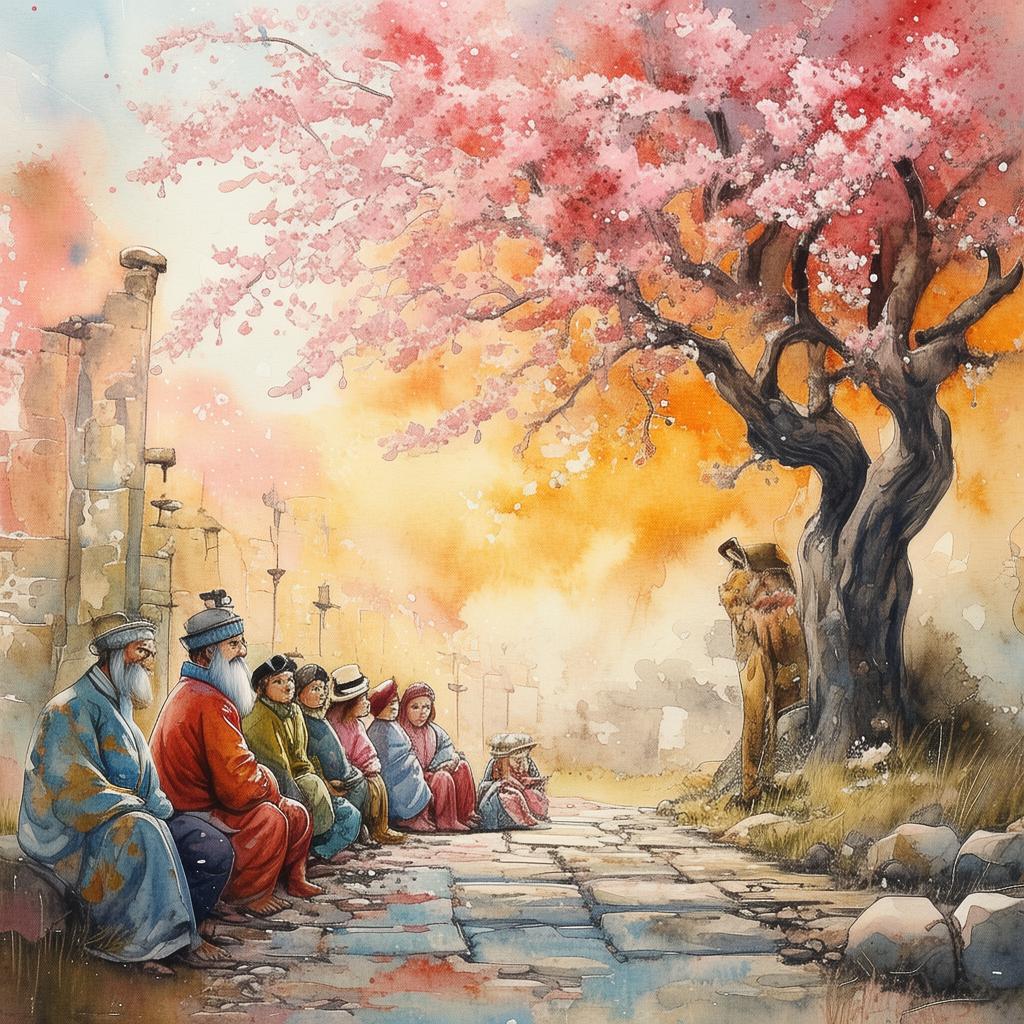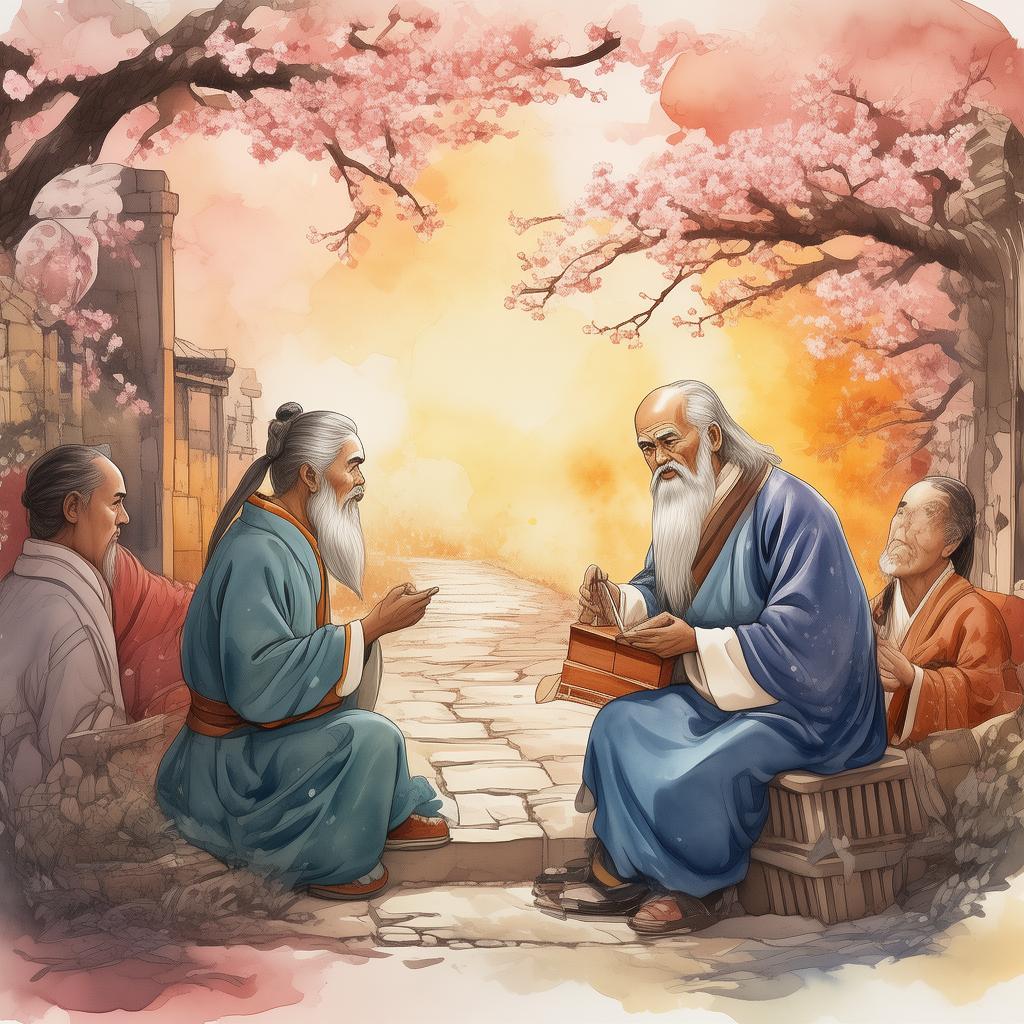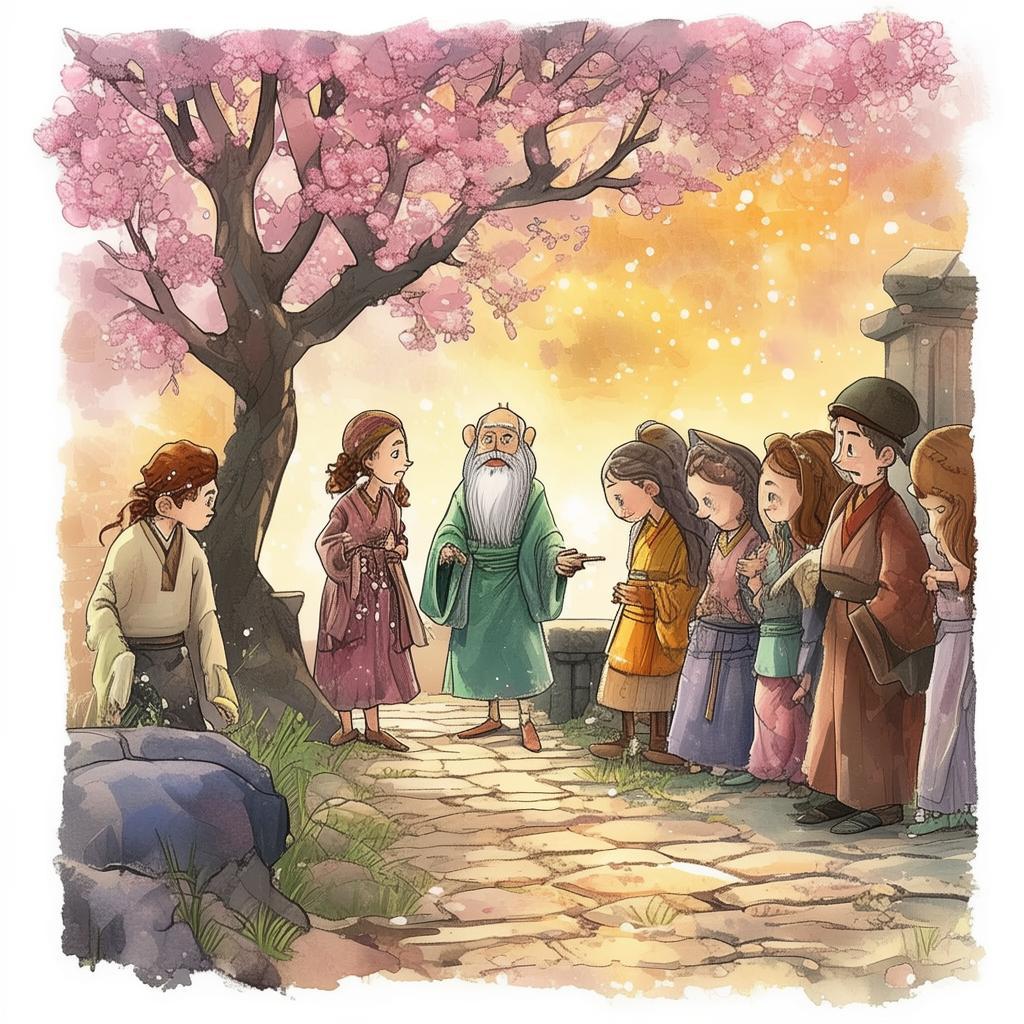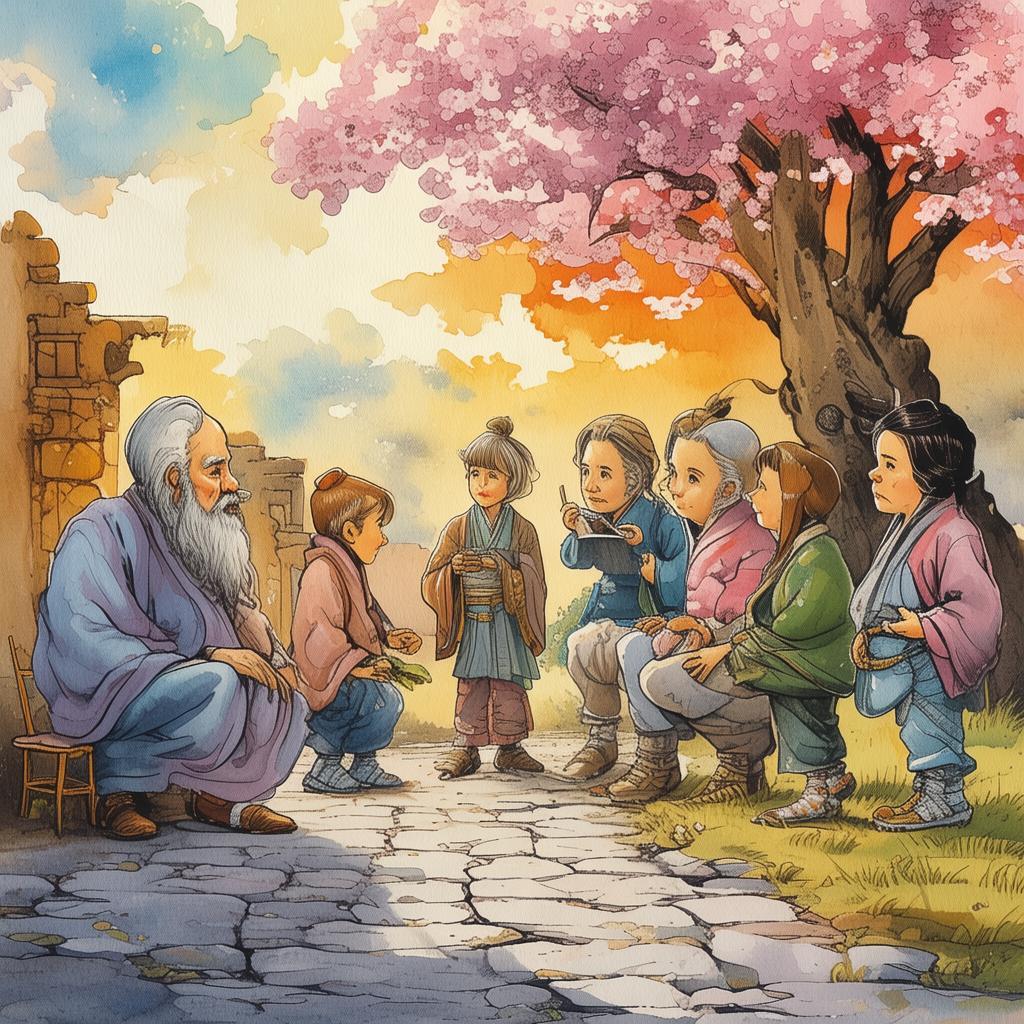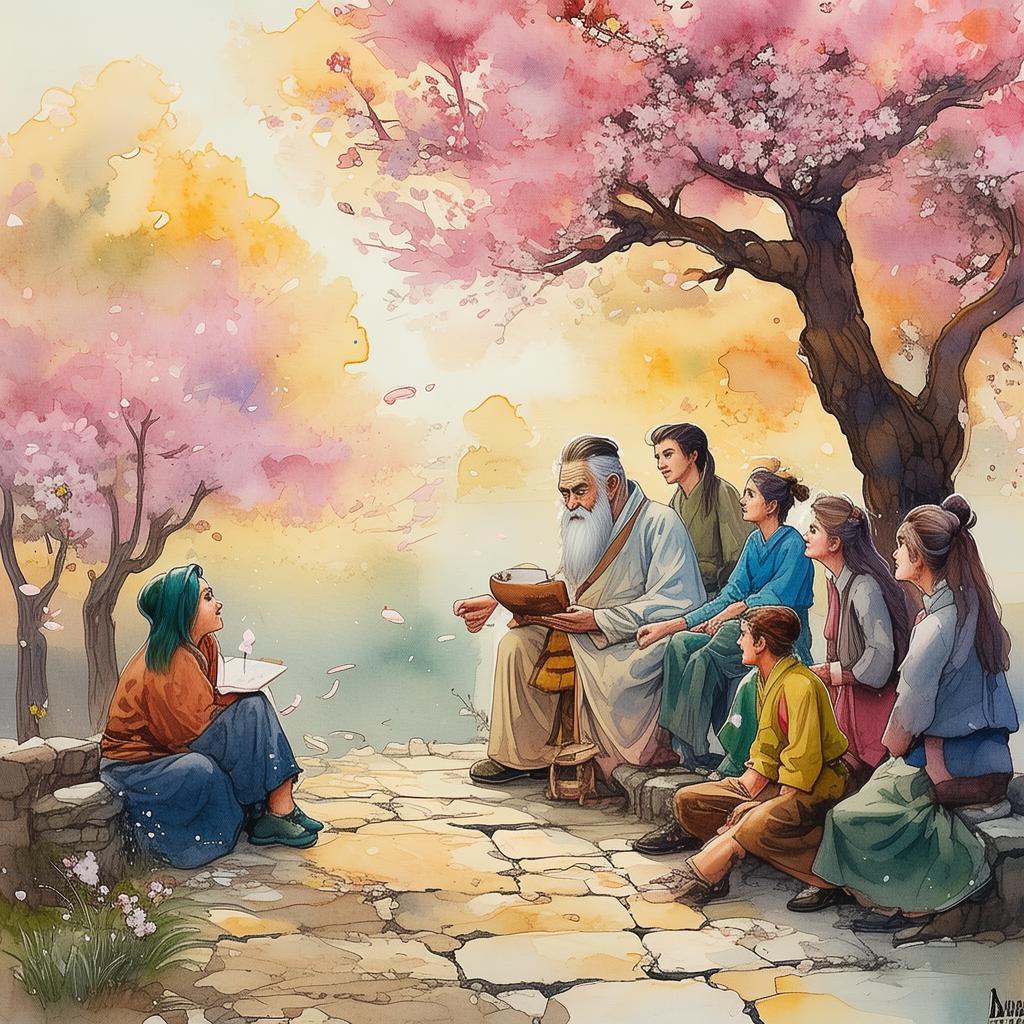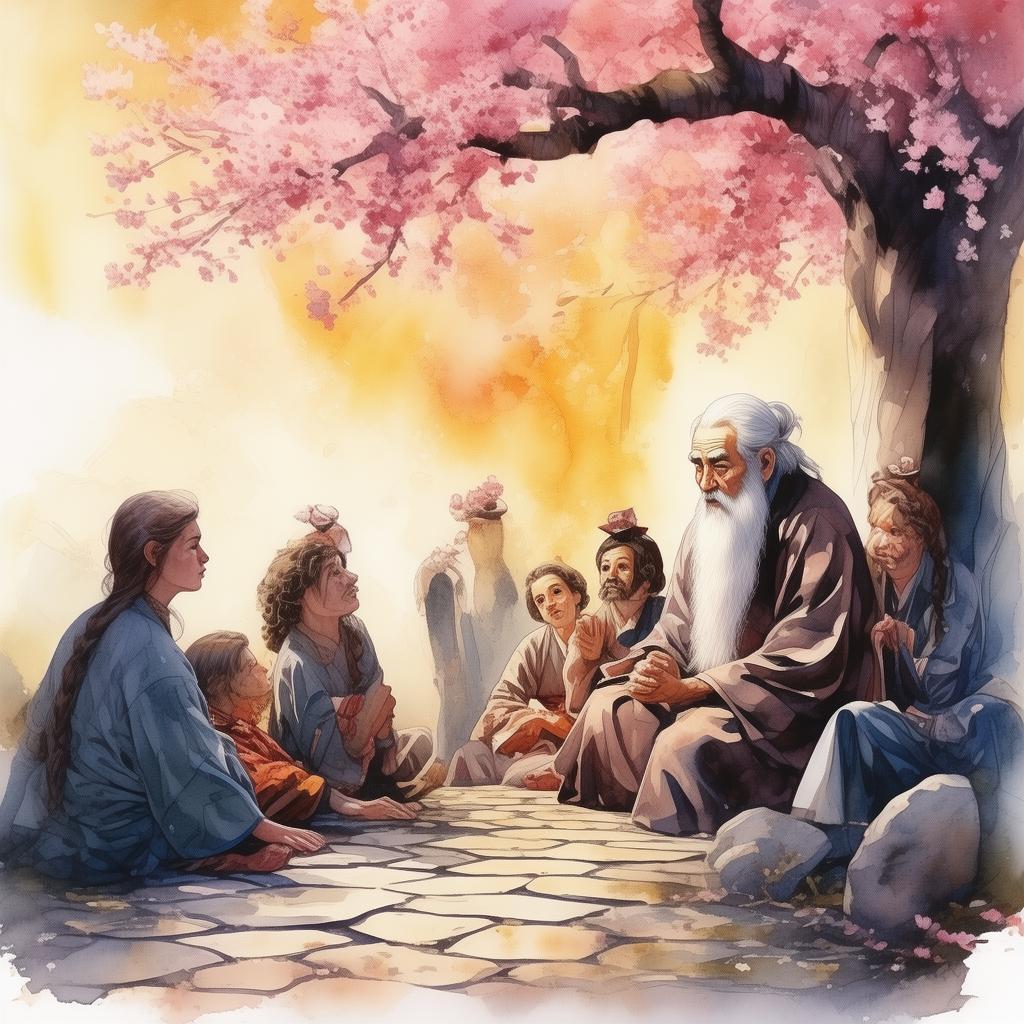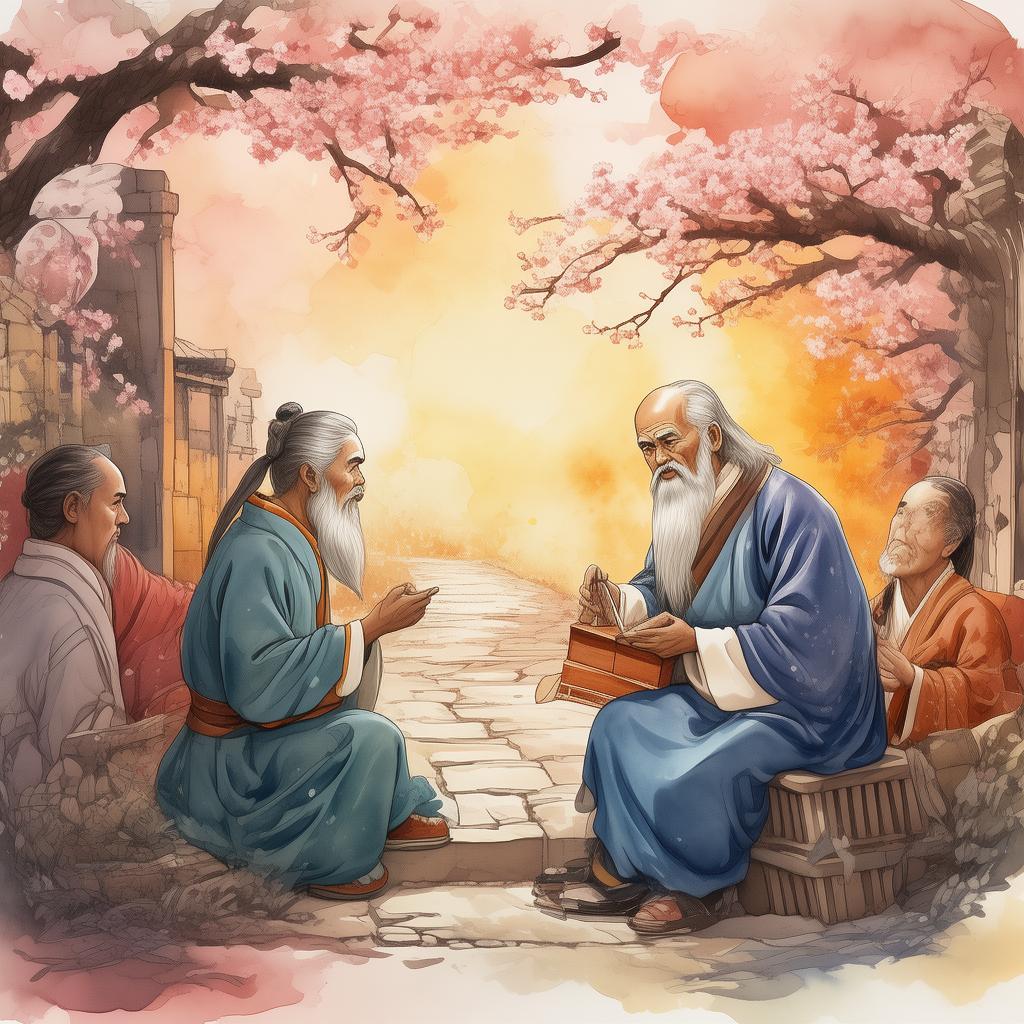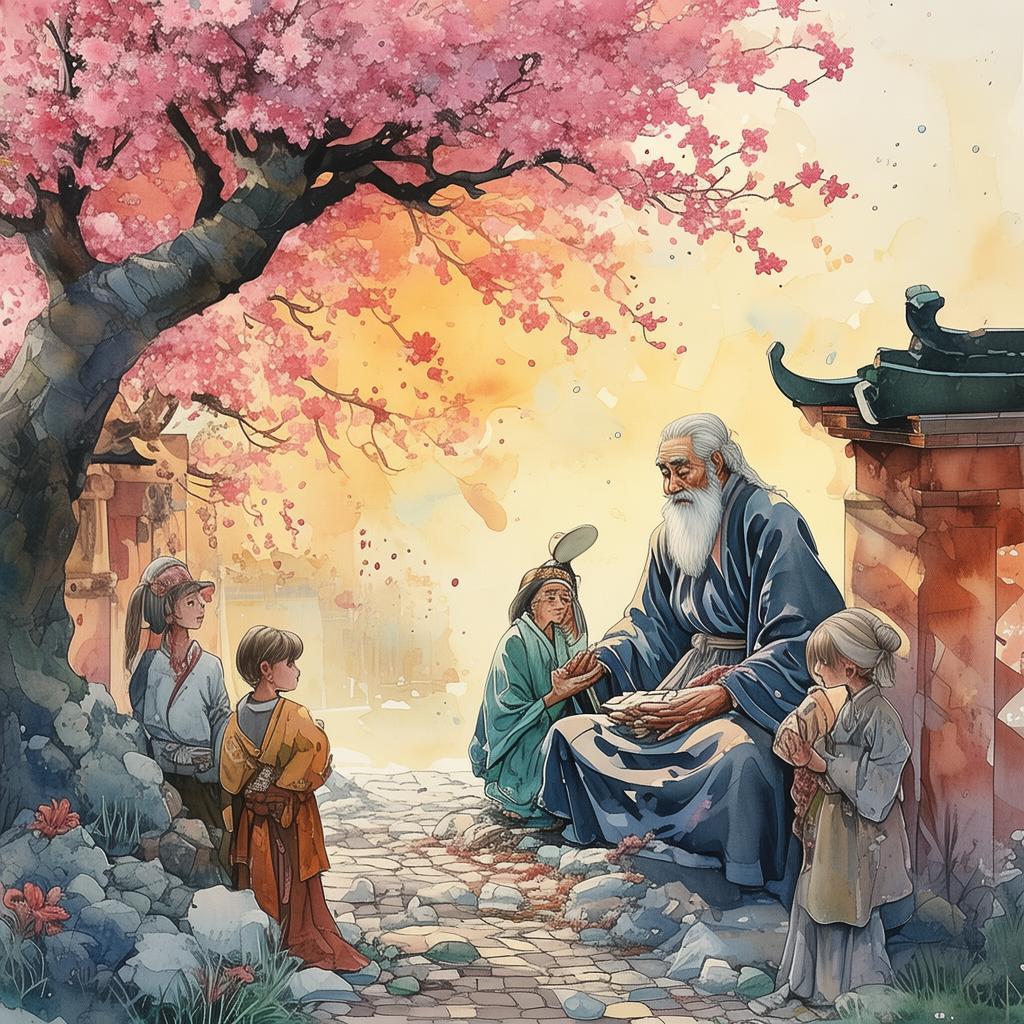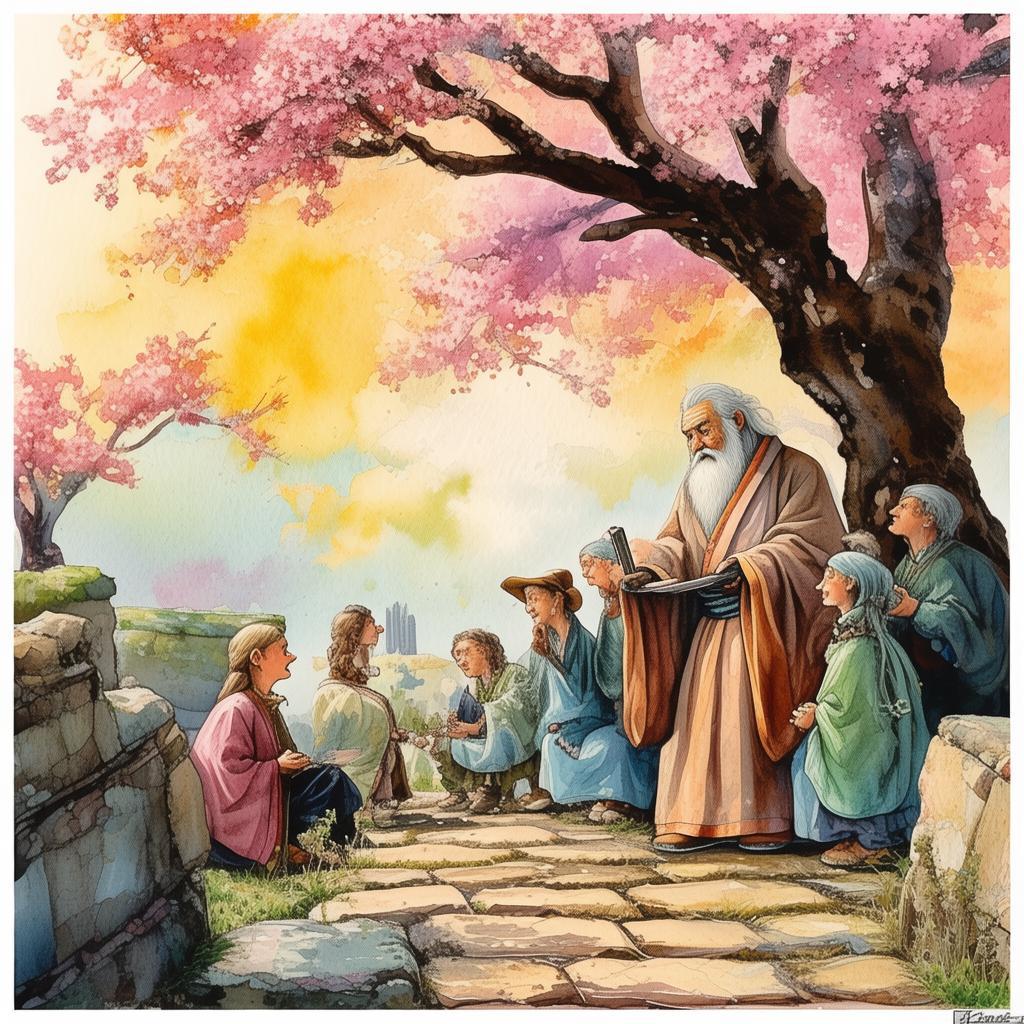The Alert Architect's Discovery: The Paradox of Structure and Emotion
In the heart of a bustling metropolis, where the skyline was a testament to human ingenuity, stood the office of a renowned architect, Chen Li. His latest project, a towering skyscraper that was set to redefine the cityscape, was the culmination of a lifetime of dreams and ambitions. As he poured over the blueprints, he felt a strange sense of unease. It was as if the building itself held a secret, a paradox that he could not unravel.
Chen Li was no stranger to the challenges of his profession. His ability to weave emotion into the fabric of a building was legendary, but this time, something was different. The skyscraper seemed to be more than just a structure—it was alive, breathing with a rhythm that defied logic. It was as if the building was a living entity, a creature of emotion and logic that demanded to be understood.
One evening, as the city lights began to dim, Chen Li found himself standing before the partially constructed building, his mind racing with questions. The paradox was clear: the more he embraced the emotional aspect of architecture, the more his creations seemed to resist his intentions. He had designed buildings that were meant to inspire joy, but instead, they felt hollow, devoid of any true purpose.
It was then that a voice echoed in his mind, a voice that he had not heard in years. It was the voice of his mentor, an old architect who had passed away long before he had even begun his career. "Chen Li," the voice said, "you must understand the paradox of structure and emotion. It is not enough to design with the heart; you must also design with the mind."
Chen Li's heart raced. He knew that his mentor's words were a call to action, a challenge to his long-held beliefs. He had always thought that architecture was an art of the heart, a way to express the inexpressible through the inanimate. But now, he realized that there was more to it. Architecture was also a science, a way to order the world and make it make sense.
The next morning, Chen Li returned to his office, determined to confront the paradox head-on. He began to study the blueprints with a new perspective, looking not just at the lines and shapes, but at the emotions and memories that they were meant to evoke. He began to incorporate logical principles into his design, using mathematics and physics to create a balance between structure and emotion.
As he worked, he felt a sense of clarity that he had never experienced before. The building began to take shape, not as a mere structure, but as a testament to the human experience. It was a place where people could come together, where they could feel both the joy of living and the sorrow of loss.
The day of the opening ceremony arrived, and as Chen Li stood before the completed skyscraper, he felt a profound sense of accomplishment. The building was a success, not just in its aesthetic and functional aspects, but in the way it connected with people's emotions. It was a place where love and sorrow, joy and pain, could all find a home.
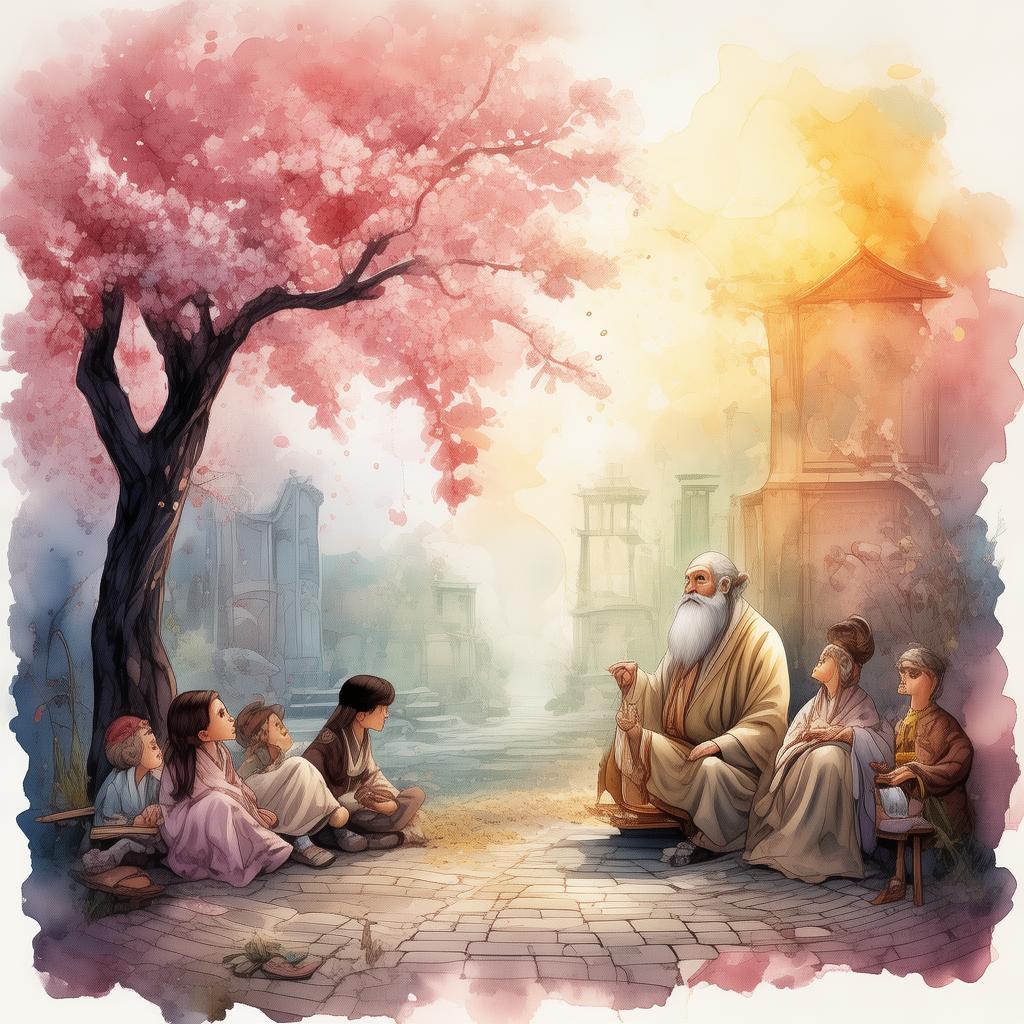
In that moment, Chen Li understood the full weight of his mentor's words. Architecture was not just about creating beautiful spaces; it was about creating spaces that could hold the weight of human emotion. It was a delicate balance between structure and emotion, a paradox that could only be solved by the heart and the mind working in harmony.
As the crowd entered the building, their faces alight with excitement and anticipation, Chen Li knew that he had found his true calling. The skyscraper was more than a building; it was a symbol of the human spirit, a place where people could find solace and connection.
The Alert Architect's Discovery had not only changed his life but had also changed the way people thought about architecture. It was a reminder that the world was full of paradoxes, and that sometimes, the only way to understand them was to embrace them.
✨ Original Statement ✨
All articles published on this website (including but not limited to text, images, videos, and other content) are original or authorized for reposting and are protected by relevant laws. Without the explicit written permission of this website, no individual or organization may copy, modify, repost, or use the content for commercial purposes.
If you need to quote or cooperate, please contact this site for authorization. We reserve the right to pursue legal responsibility for any unauthorized use.
Hereby declared.
